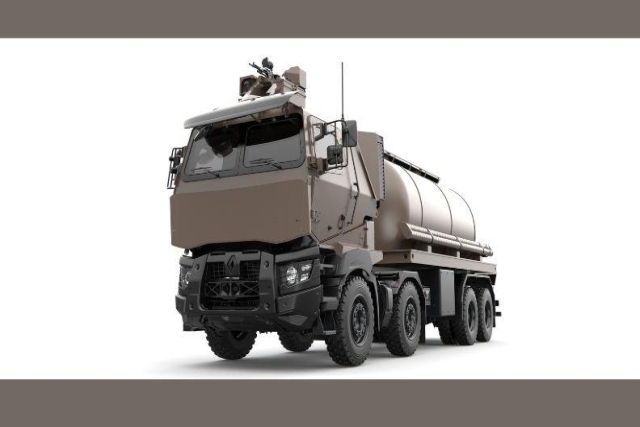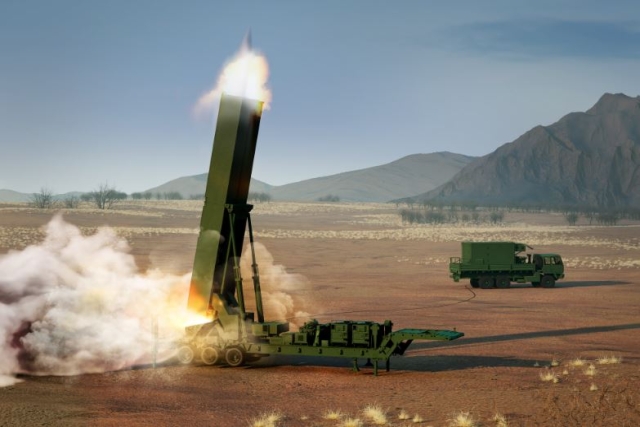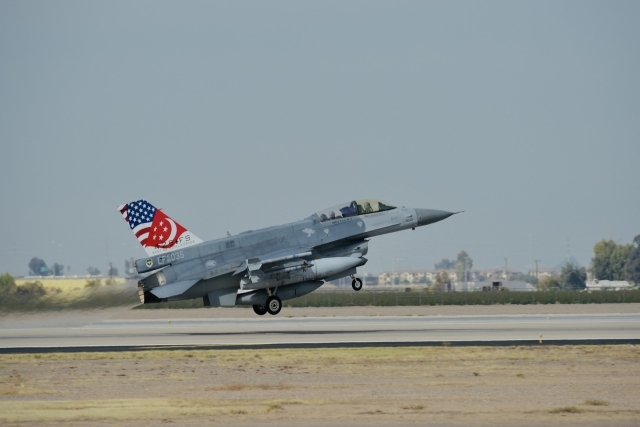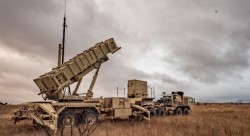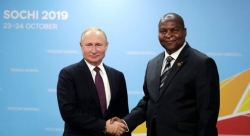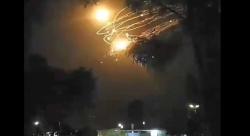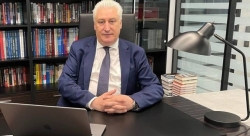One Or More NATO Countries To Field Laser Weapons In Near Future
The NATO S&T board recently approved the stand-up of an SCI Task Group, SCI-264, to examine the tactical implications of the next-generation weapons based on High Energy Lasers (HEL) with a focus on issues associated with employment in the shared NATO battlespace.
The kickoff meeting for SCI-264 was held on 5-7 November 2014 at the STO Collaboration Support Office facilities in Neuilly-sur-Seine, France.
The Chair of SCI-264, Dr. Frank Peterkin (USA), led a group of approximately 15 participants at the inaugural meeting, including representatives from the United States, United Kingdom, Canada, Germany, and the Netherlands. The CSO staff were extremely helpful with the meeting logistics and provided invaluable guidance on the technical and administrative requirements to execute an SCI task group. Attendees provided summaries of their individual country capabilities and interests in the area of HEL-based weapons. Dr. Joseph Lawrence (SCI-227 Directed Energy Weapons (DEW) Related Capabilities: Near, Mid, and Long Term Prospects Chair, USA) described his previous NATO effort to project the future capabilities of Directed Energy Weapons and helped identify areas where the SCI-264 group could leverage and expand upon SCI-227.
The meeting was very productive and the group achieved consensus to pursue a 3-year program of work that will have several main products. First will be a briefing suitable for senior NATO leadership to provide better awareness of the rapid advancement in HEL weapon capabilities, the tactical scenarios that are likely to be suitable for employment of such systems, and the implications for collaborative military operations.
Second will be joint analysis of experimental data generated by the SCI-264 participants describing the propagation and scattering of laser energy in the atmosphere, with comparison against models and simulation tools that are used to evaluate safety of weapon use for combatants and bystanders. Third will be the final report which will include a summary of the briefing materials and data analysis, as well as a detailed discussion of the weapon development status and interoperability issues for relevant tactical scenarios identified by the group.
The second meeting of SCI-264 will be hosted by the UK in the March 2015 timeframe. The group is still open for participation from additional interested countries.

